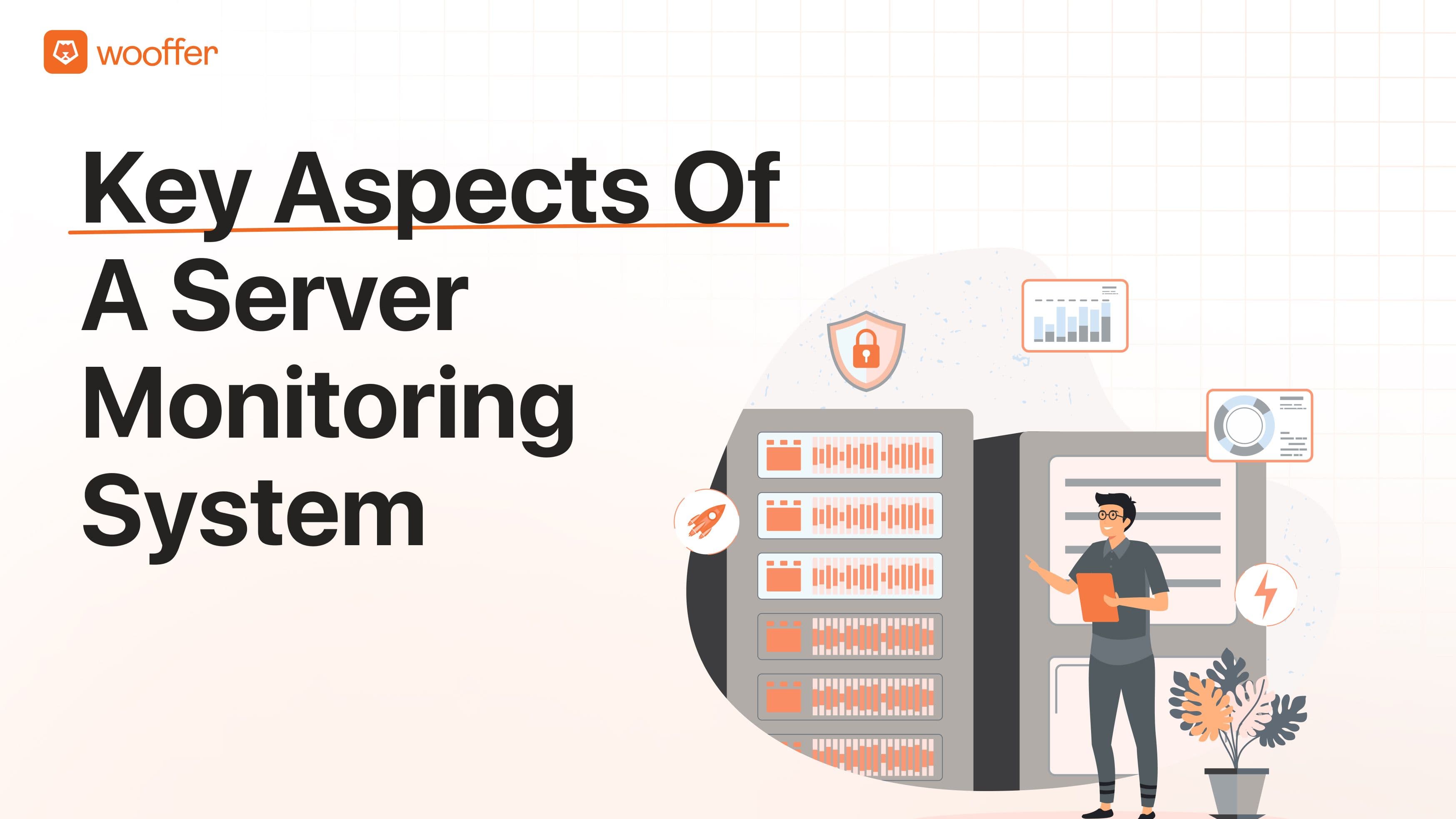According to a survey, an average hourly downtime costs millions of dollars of loss to a company. There can be no remedy for this other than taking preventive actions and being proactive. That’s why, analysis of your server could prove to be the most efficient way of dealing with any struggling server!
A server’s health depends on various factors, so what factors should we keep observing to keep your system running smoothly?
Key Factors to Monitor for Smooth Server Performance:
Knowing what factors affect your server could be a great way to prevent server downtimes and server crashes! Server monitoring is the best practice for all developers to keep their system running smoothly without having to continuously monitor these factors that affect the server’s health:
API Performance :

When your server runs APIs (application programming interfaces), one must monitor usage patterns, success rates, processing times, and more. This deep dive into API health helps ensure smooth operation for connected applications.
Server Activity:

To know your server better, you need to know about its operational history, restart counts, and downtime metrics is crucial. A good server monitoring system can track these factors, giving you insights into server stability and identifying areas for improvement.
Code Performance:

Although your application or software works, it might not have the best code structure. It can even have some broken links or some issues that cannot be caught in testing. Thus, knowing how exactly your code is performing will give you valuable insights into identifying performance bottlenecks.
System Resource Usage:

It's a good practice to monitor critical system resources like CPU, memory, RAM, storage, speed, and frequency. Keeping an eye on these metrics helps you identify potential resource constraints before they impact your overall server performance.
Real-time Infrastructure Data:

Your system's infrastructure is an important factor in deciding how much incoming load can stand. Knowing the necessities of your system can help you plan your future infrastructural needs as well. You can gain real-time insights into various aspects of your server's infrastructure for every process and CPU. This data allows you to find out performance issues quickly and take actions needed.
Server monitoring is the practice of keeping these factors under control for the betterment of your server's health and performance. By monitoring these key metrics, you can identify potential issues before they snowball into major outages and costly downtime.
Ready to Take Control of Your Server Performance?

All of the above-mentioned factors are monitored by Wooffer!
Wooffer offers a server monitoring solution designed to meet your specific needs. Contact us today to learn more and take the first step towards a worry-free server environment!
Wooffer offers you more than that! With smart solutions like Wooffer, you can get deeper insights and automation capabilities like:
- Real-time Monitoring: Real-time insights into your server's performance metrics.
- Historical Data Analysis: Identify trends and patterns over time to predict potential issues.
- Customizable Alerts: Set up alerts to notify you of potential problems before they impact users.
- Monthly report: Wooffer sends you a report that helps you get better insights into your system!
- Code performance can be tracked through custom event logs. By adding logs for events like "Success" and "Fail,"
By integrating Wooffer with your system, you can become a proactive troubleshooter, ensuring a healthy and reliable server environment.
BONUS: Wooffer can be easily integrated into Slack, Trello board, and your email to notify you instantly!
Ready to Take Control of Your Server Performance?
Wooffer offers a server monitoring solution that is designed to meet your specific needs.
Contact us today to learn more and take the first step towards a worry-free server environment!











